Eid shopping spurs economic activity amid financial woes
These stalls offer a range of items, including ready-made clothing for men, women, and children
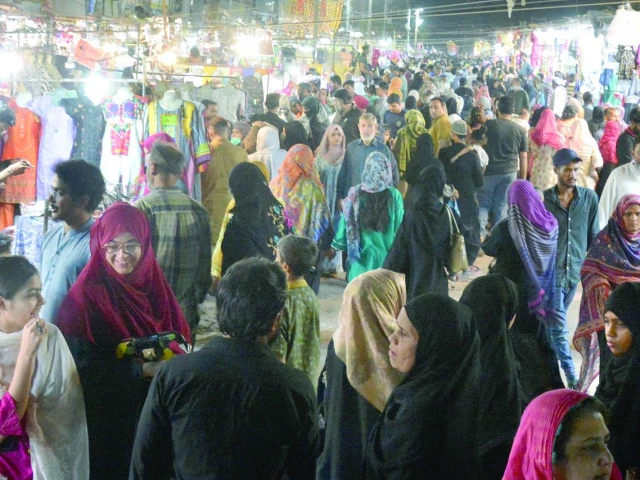
As inflation, economic instability, and unemployment weigh heavily on the youth, Eid-ul-Fitr has emerged as a season of temporary economic relief. Across the city's bazaars, markets, public spaces, highways, and neighborhoods, hundreds of makeshift stalls have sprung up, providing short-term employment opportunities to young individuals and various other workers.
These stalls offer a range of items, including ready-made clothing for men, women, and children, as well as shoes, slippers, and other accessories. Given the financial constraints of many families, shoppers are prioritizing affordability. Most citizens are budgeting between Rs 2,500 to Rs 3,000 for their Eid shopping, with ready-made shalwar kameez priced at Rs 1,500 to Rs 2,000 and shoes or slippers costing up to Rs 1,000. As a result, vendors selling budget-friendly clothing and footwear are experiencing high footfall, while those catering to higher-income groups continue to attract customers willing to spend more on premium products.
According to Khawaja Jamal Sethi, Patron-in-Chief of the All Karachi Tajir Alliance, the average per capita Eid shopping expenditure for children in low-income families ranges between Rs 1,500 and Rs 2,000, while adults typically spend Rs 2,000 to Rs 2,500. Many families are limiting their purchases to just one pair of shoes or slippers per person. However, a significant number of underprivileged families remain unable to afford Eid shopping, relying instead on the assistance of welfare organizations and philanthropists.
Muhammad Shahid, a trader specializing in Peshawari and other traditional slippers at Keamari Masan Chowk, highlighted that rising inflation has led to a 40% decline in footwear sales compared to last year. Shoppers are now opting for budget-friendly slippers, sandals, or shoes priced between Rs 1,000 and Rs 1,500, a stark contrast to previous years when many customers would purchase multiple pairs.
Despite the downturn, middle-class buyers with relatively stable incomes continue to prefer Peshawari slippers, known for their durability and comfort. These handcrafted slippers, available in over 30 designs and 20 colors, have seen a resurgence in demand, particularly for the classic round T-shaped Peshawari slippers, which were popular before 1990. Prices for these slippers range from Rs 2,500 to Rs 5,500 or more.
Haji Farman Gul, owner of Phul Chappal Maker, shared that his family's Keamari-based business has been operating for over 50 years, spanning three generations. He emphasized that Peshawari slippers are still handcrafted, requiring multiple stages of preparation-from taking precise measurements to cutting the leather and assembling the final product. The trade follows the traditional "ustad-shagird" (master-apprentice) model, ensuring the craft is passed down to younger generations. He noted that Eid is the peak season for their business.
Artisan Resham Gul further explained that many skilled craftsmen hail from various districts of Khyber Pakhtunkhwa (KP). On average, an artisan earns 30% of the total sale price per pair and can produce at least four pairs daily. Some workers operate under contract-based wage systems.








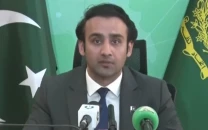
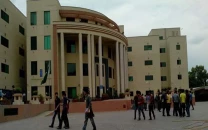

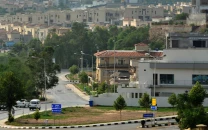

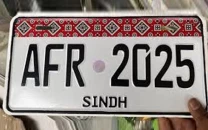







COMMENTS
Comments are moderated and generally will be posted if they are on-topic and not abusive.
For more information, please see our Comments FAQ